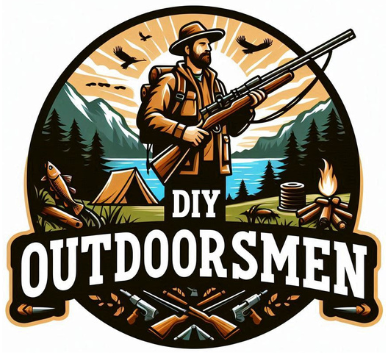Contents
- 1 Why Durable Hiking Boots Make a Big Difference for Beginners
- 2 What to Look For in Durable Hiking Boots Under $100
- 3 Top Brands and Models to Check Out
- 4 How to Shop for Affordable Durable Hiking Boots
- 5 Boot Care Tips to Make Them Last Longer
- 6 Common Hurdles and How to Avoid Them
- 7 Advanced Tips for Getting the Best Value in Durable Hiking Boots
- 8 Durable Hiking Boots Frequently Asked Questions
- 9 Durable Hiking Boots and Getting Ready for Your First Hike
If you’re just getting into hiking and want durable hiking boots that won’t fall apart after the first few trails, without dropping more than $100, your options might seem limited at first glance. The good news is, you don’t have to settle for cheap boots that wear out fast. With some practical tips and careful choices, you can find hiking boots that are built to last, support your feet, and keep your adventures enjoyable without blowing your budget.
QUICK LOOK: Quality Hiking Boots for Under $100
- Timberland Mt Maddsen: Leather upper, reliable waterproofing, and a sturdy outsole. They need a short break-in period and are a little heavier than some, but I found mine handled rough terrain well.
- Columbia Newton Ridge Plus II: Lightweight, grippy, and water resistant. People find them comfortable for day hikes, but note that rocky trails may cause them to wear faster on the sole.
- Columbia Crestwood Mid: Usually on sale under $100, comfy right out of the box, with decent waterproofing. Some hikers say they won’t last multiple seasons on super tough trails, but they’re a solid choice for most beginners.
- Skechers Relment Pelmo: Known for their comfort, waterproof membrane, and reasonable weight. A good all-around starter boot, especially if you catch them on sale.
- Merrell Moab 2 (watch for sales): Slightly over $100 at full price, but you’ll often find discontinued styles or sizes marked down. The Vibram sole and water resistance make them a great option if you’re able to stretch your budget just a bit.
Why Durable Hiking Boots Make a Big Difference for Beginners
Choosing boots that last is important for new hikers. When I first started hiking, I figured any pair of shoes would do. But trails can be rough, wet, muddy, or rocky, and cheap shoes just can’t take that kind of punishment.
Good hiking boots protect your feet from blisters, keep your ankles steady on uneven ground, and help prevent injuries. Durable boots also end up saving money in the long run because you won’t need a replacement after just one season.
Even if you’re just planning short trips or easy trails, boots designed for hiking come with features that help you enjoy the outdoors with more confidence. Features like reinforced toe caps, solid outsoles, and waterproofing play a big role in comfort and safety.
What to Look For in Durable Hiking Boots Under $100
Finding a pair of durable hiking boots in this price range is possible, but there are a few practical things I always check first. Here’s what I recommend focusing on:
- Outsole Quality: Deep, multidirectional lugs give better grip and help the boots last longer, especially if you hike on rocky or muddy trails.
- Midsole Support: PU (polyurethane) midsoles last longer than regular EVA foam. If you find boots with a mix of EVA and PU, you usually get a good balance of comfort and durability.
- Upper Materials: Full-grain and nubuck leather are more hardwearing and resist water, though they might take some time to break in. Leather synthetic blends are lighter and more breathable, but sometimes less sturdy. For my first pair, I weighed the pros and cons and picked a blend. It worked well on casual hikes, but I now use leather for rougher trails.
- Toe Cap Protection: A strong toe cap protects your feet from roots and rocks. This is one feature that pays off for beginners who can easily stub their toes when not watching every step.
- Waterproofing: A waterproof membrane or water-resistant leather keeps feet dry. Even if you stay off rough trails, morning dew and shallow streams are common on hikes.
- Comfort and Fit: Boots should fit snug but not pinch. A secure lacing system helps stop your feet from sliding and getting blisters.
All these features can be found in boots under $100, especially if you know what to look for and where to shop.
Top Brands and Models to Check Out
I’ve tried a few durable hiking boots in this price range and also spent plenty of time checking online reviews. Here are some popular models that consistently get positive feedback for their durability and value:

Timberland Mt Maddsen:
Leather upper, reliable waterproofing, and a sturdy outsole. They need a short break-in period and are a little heavier than some, but I found mine handled rough terrain well.
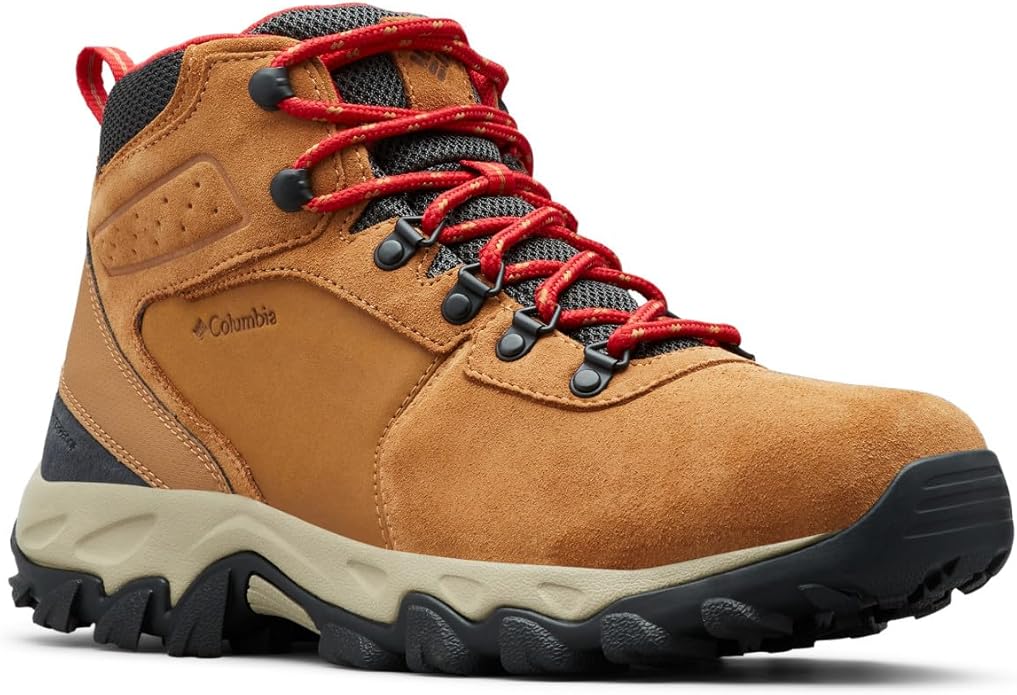
Columbia Newton Ridge Plus II:
Lightweight, grippy, and water resistant. People find them comfortable for day hikes, but note that rocky trails may cause them to wear faster on the sole.
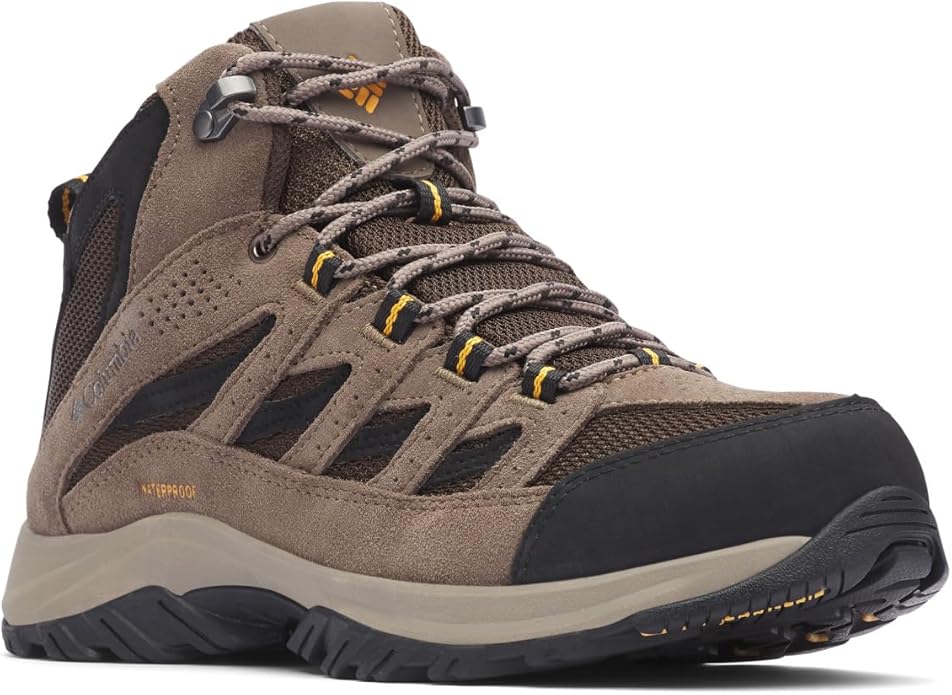
Columbia Crestwood Mid:
Usually on sale under $100, comfy right out of the box, with decent waterproofing. Some hikers say they won’t last multiple seasons on super tough trails, but they’re a solid choice for most beginners.
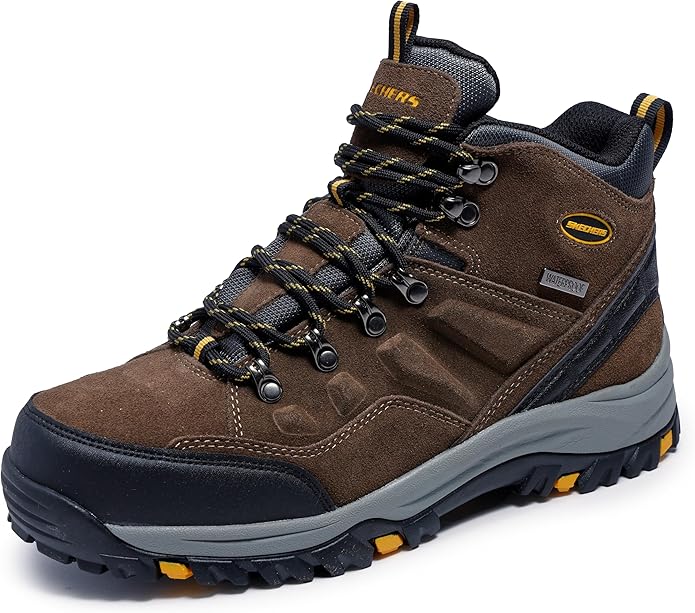
Skechers Relment Pelmo:
Known for their comfort, waterproof membrane, and reasonable weight. A good all-around starter boot, especially if you catch them on sale.
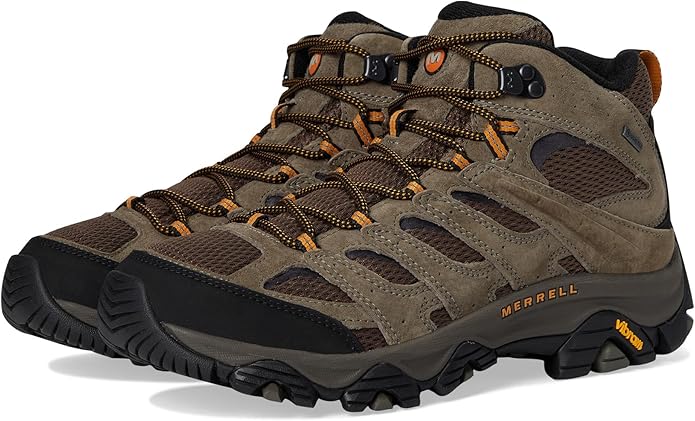
Merrell Moab 2 (watch for sales):
Slightly over $100 at full price, but you’ll often find discontinued styles or sizes marked down. The Vibram sole and water resistance make them a great option if you’re able to stretch your budget just a bit.
For reviews and side-by-side comparisons, I like checking sites like RunRepeat, Switchback Travel, and written advice from REI. I’ve also found YouTube review channels helpful for real-world tests, with users showing how boots hold up after months of use.
Sometimes, smaller outdoor blogs offer honest perspectives that aren’t paid advertisements. Reading multiple opinions can help you spot patterns and decide which performance aspects matter most to you.
How to Shop for Affordable Durable Hiking Boots
Timing and where you look play a huge role in getting a pair of durable hiking boots for less. I’ve had success finding deals both online and in store, but patience helps a lot. Here’s how I usually find durable hiking boots for under $100:
- Shop Last Year’s Models: New colors or small design tweaks usually mean last season’s boots go on sale. I’ve picked up high-quality boots this way for 30-40% off. It’s an easy trick that can save big bucks if you’re flexible on style.
- Look for Sales: Retailers like REI, DICK’S Sporting Goods, Backcountry, and even Amazon run seasonal sales, especially in late summer or around holidays. Signing up for sale alerts or email lists bumps your odds of grabbing a deal.
- Check Outlet Stores: Brands like Columbia and Merrell have outlet stores with deep discounts. Try them on in person if you can to make sure the fit works for you. Outlet selections sometimes vary, so be patient and check back regularly.
- Search for Coupons and Promo Codes: Before buying online, always search for available codes. An extra 10-20% off is common, especially during holiday sales, back-to-school events, and outdoor retailer anniversaries.
- Consider Used or Open Box: Sites like eBay and GearTrade have gently used boots. I’ve found returns labeled “like new” for a fraction of the normal price. Sometimes sporting goods stores also offer customer returns in the clearance section—just make sure to check wear and return policies.
Boot Care Tips to Make Them Last Longer
If you want your boots to keep up with your hiking plans, taking care of them helps. I learned the hard way that skipping regular care can cause boots to break down quickly. Some extra tips I’ve picked up:
- Clean After Every Hike: Knock off mud and rinse off dirt, especially from seams and laces. Dry them well, but keep them out of direct heat so the material doesn’t crack. Stuffing newspaper inside helps soak up moisture faster and keeps the boot’s shape.
- Re-treat Waterproofing: Sprays or waxes work on leather boots. Even boots that start waterproof can lose some resistance over time, especially after mud or water crossings. Reapplying every few months keeps them working like new.
- Condition Leather: Leather dries out eventually, and conditioner keeps it soft and less prone to cracking. Use a formula made for hiking boots so you don’t affect the water resistance.
- Remove Insoles to Air: Pull out the insoles after hikes to help everything dry faster and keep smells down. Replacing old insoles every six months can also make boots feel refreshed.
Even basic cleaning after each trip can stretch your boots’ lifespan by a surprising amount. I always keep a soft brush and old towel near my entryway just for boot cleaning, so I don’t skip it when I get home tired from the trail.
Common Hurdles and How to Avoid Them
Buying budget durable hiking boots can come with some trade-offs. I’ve seen friends deal with poorly glued soles, leaking seams, or boots that are just uncomfortable. Here are a few common issues and how to dodge them:
- Fit Problems: Try boots on with the same socks you’ll use for hiking. Fit varies between brands, and returns are easier before they’ve seen trail use. Some stores have favorable return policies, so don’t be afraid to take boots home and try them indoors for a few days.
- Blisters: Break boots in with short walks before your first hike. Thicker hiking socks and trying out different lacing techniques can also help. If your boots are still causing blisters after a few outings, check for uneven seams or areas that might need padding added.
- Insufficient Support: For rough terrain, make sure you pick boots with decent ankle support. If you mostly do easy walks, a lighter trail shoe might work just fine. Some insoles can also boost arch support if you find your feet getting tired.
- Quick Wear: Avoid using hiking boots for everyday errands. Pavement eats up soft rubber soles quickly and makes boots wear unevenly. Not only that, but keeping boots reserved for hikes means they last longer where they’re needed most.
Advanced Tips for Getting the Best Value in Durable Hiking Boots
Once you settle into hiking more regularly, you may want to look for ways to upgrade your setup or maximize your investment. Here are a few things that helped me get more from my spending:
Rotate Boots with Trail Shoes: For very easy and dry trails, trail running shoes can be a lightweight alternative. Save the boots for rugged or muddy hikes, and they’ll wear down more slowly.
Add Aftermarket Insoles: Sometimes, stock insoles are flimsy. Swapping them for better ones can improve both comfort and support, especially on longer hikes.
Repair Small Issues: I carry a small shoe glue or patch kit in my hiking pack. Fixing loose soles or stitching early means you can keep using your boots instead of tossing them. Learning a few simple repairs can save money and hassle in the long run.
Stay Open to Unfamiliar Brands: Some lesser-known names like Hi Tec and Northside offer solid performer boots at lower prices. Check reviews and focus on build quality. Often these shoes fly under the radar, so you can catch last-minute deals even during peak hiking season.
Durable Hiking Boots Frequently Asked Questions
Do I really need hiking boots, or will sneakers work?
Sneakers are ok for flat, dry, urban walks, but boots provide better support, protection, and traction. For most real trails, boots will keep you much more comfortable and safer.
How do I find my right boot size?
Try boots on in the afternoon (feet swell a bit during the day), and with socks you plan to hike in. There should be enough room to wiggle your toes, but not so much that your feet slide inside the boot.
How long will budget hiking boots last?
With good care, boots under $100 can last several hiking seasons for occasional hikers. Heavy, rocky use and poor maintenance will wear them out faster.
Is waterproofing really necessary?
For most beginners, waterproof boots make hikes more comfortable. Wet feet get chilly fast. If you only hike in dry, warm places, breathability might be more important.
Durable Hiking Boots and Getting Ready for Your First Hike
Starting with hiking boots that are durable and fit your budget helps you enjoy time outdoors from your very first adventure. With a little research and regular care, you can find boots that are up to the job, without spending too much.
I’m always glad I put in the extra effort because every comfortable step keeps me looking forward to the next trail. Making smart choices early on sets you up for plenty of adventures, and you’ll gain even more knowledge about what works best for you as you rack up more miles on the trail.
Most Recent Hiking Articles:
- 7 Tips For Hunting The Elk Migration

- 6 Key Features of Ultralight Telescopic Fishing Rods For Backpackers
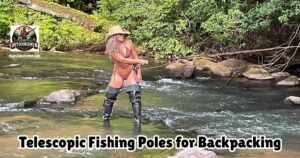
- 5 Things To Look For In A Backpacking Sleeping Bag
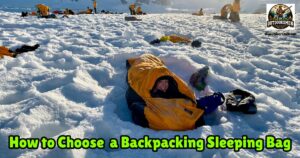
- 7 Tips on Fishing Gear For Backpacking
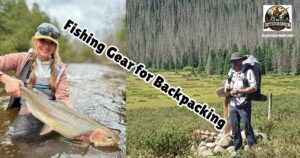
- 6 Tips on How To Choose A Backpacking Tent
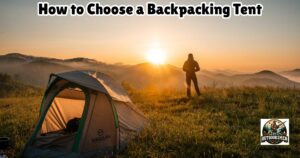
- 5 Durable Hiking Boots Under $100 For New Hikers

As always, stay safe, enjoy the journey, and please try to leave it cleaner than you found it. If you have any comments, questions, ideas, or suggestions, please leave them in the comment section below, and I’ll get back to you ASAP. You can follow us on YouTube: Man Art Creations for videos of our DIY Adventures.
P.S. Thanks so much for checking out our blog; we really appreciate it. Just so you know, we may receive a commission if you click on some of the links that appear on our site. This helps us keep our content free and up-to-date for everyone. We appreciate your support!
